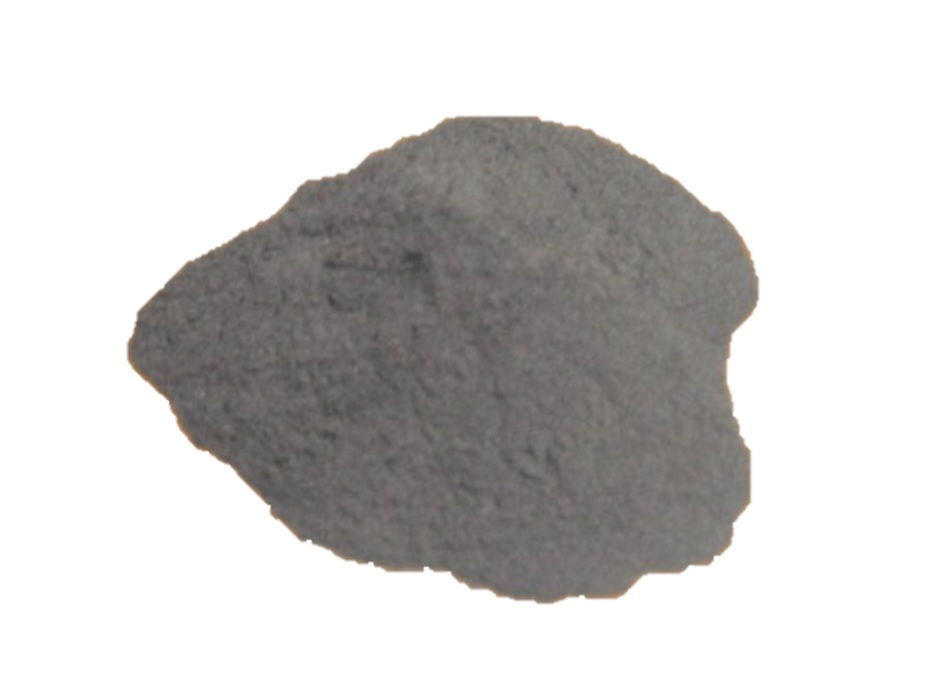- Home
- Products
- Elementary
- Boride Powder
- 3D Printing Powder
- Sulfide Powder
- Oxide Powder
- Carbide powder
- Nitride Powder
- Silicide Powder
- Hydride Powder
- Telluride Powder
- Selenide Powder
- Stearic Acid Series
- Phosphide Powder
- Nanoparticles
- Metal Alloy
- MAX Phase
- Lithium Battery Anode
- Surfactant
- Molecular sieves
- Concrete Admixtures
- News
- Answers
- Contact
- About
Answers
- 0
- 0
Introduction to Zirconium Silicide ZrSi2 Powder
If you are looking for high-quality products, please feel free to contact us and send an inquiry, email: brad@ihpa.net
Recently, the world's largest investment management corporation, BlackRock, in a market research report said that currently, they prefer U.S. and Japanese equities to European equities because of the energy problem stemming from Russia's invasion of Ukraine.
"Russia's invasion of Ukraine caused terrible injuries, a surge in commodity prices, and food and energy security issues," BlackRock, "It is stifling the economic growth and fulling inflation driven by supply problems. Europe is most affected among those developed markets, as it is trying to wean itself off Russian energy."
The volatile international political situations will continue to affect the markets and prices of many commodities like the ZrSi2 Powder.
Introduction to Zirconium Silicide ZrSi2 Powder
Zirconium silicide or zirconium disilicide is an organic compound, the chemical formula ZrSi2, is one of the silicides of zirconium.
It can be made by the reaction of silicon and zirconium at 1100 °C or by the reaction of silicon and zirconium dioxide:
ZrO2 + 4Si -- ZrSi2 + 2SiO
When heated in the air, it forms a protective film of zirconium silicate.
Physicochemical Properties of Zirconium Silicide ZrSi2 Powder
ZrSi2 is insoluble in water, inorganic acid, and aqua regia, but soluble in hydrofluoric acid.
As a zirconium-silicon intermetallic compound, ZrSi2 is a kind of ceramic material with high hardness, high melting point, high conductivity, high heat conductivity, and good thermal shock resistance to high temperature.
| Zirconium Silicide ZrSi2 Powder Properties | |
| Other Names | zirconium(IV) silicide, zirconium disilicide, ZrSi2 powder |
| CAS No. | 12039-90-6 |
| Compound Formula | ZrSi2 |
| Molecular Weight | 147.4 |
| Appearance | gray black powder |
| Melting Point | N/A |
| Boiling Point | N/A |
| Density | 4.88g/cm3 |
| Solubility in H2O | insoluble |
| Exact Mass | 145.858557 |
Zirconium Silicide ZrSi2 Powder CAS 12039-90-6
Applications of Zirconium Silicide ZrSi2 Powder
ZrSi2 can be used as fine ceramic raw material powder to make crucibles or semiconductor film.
Related Elements
Si Silicon
Silicon (atomic symbol Si, atomic number 14) is an element of unit P in group 14 of period 3, with an atomic mass of 28.085. The number of electrons in each shell of silbohr silicon is 2,8,4, and its electron configuration is [Ne] 3s2, 3p2. The radius of a silicon atom is 11 pm and the van der Waals radius is 210pm. By weight, silicon makes up 25.7 percent of the earth's crust and is the second most abundant element after oxygen. These metals rarely exist in pure crystal form and are usually made from an iron-silicon alloy called ferrosilicon. Element Silicon (or silicon dioxide), such as sand, is the main component of glass, which is one of the cheapest materials and has excellent mechanical, optical, thermal, and electrical properties. Ultra-pure silicon can be doped with boron, gallium, phosphorus, or arsenic to produce silicon, which is used in transistors, solar cells, rectifiers, and other solid-state devices widely used in the electronics industry.
Zr Zirconium
Zirconium (Zr, atomic symbol Zr, atomic number 40) is a group D element of period 5 with an atomic mass of 91.224. Each zirconium layer has an electron number of 2,8,18,10,2 and an electron configuration of [Kr]4d2 5s2. The zirconium atom has a radius of 160pm and a van der Waals radius of 186pm. In its elemental form, zirconium has a silvery-white appearance similar to that of titanium. The main mineral of zirconium is zircon (zirconium silicate). Zirconium is commercially produced as a by-product of titanium and tin mining and has many applications as an opaque and refractory. It is not a free element in nature.
Zirconium plays an important role in industrial, medical, and defense applications around the world. Zircon metals are used as key components in many alloys due to their high strength and corrosion resistance. Zirconium alloys with high compressive strength are used in important naval and aerospace industries as components of submarine casings and high-speed aircraft alloys. Zircon's low neutron absorption properties make it irreplaceable in the inner components of fusion engines. In addition, zirconium silicate and zirconium dioxide are minerals with high refractive index and wear resistance, so they can be used in high-temperature furnace lining, refractory ceramics, and nanotechnology industries.
Main Supplier of Zirconium Silicide ZrSi2 Powder
Luoyang Tongrun Nano Technology Co. Ltd. (TRUNNANO) is a trusted global chemical material supplier & manufacturer with over 12-year-experience in providing super high-quality chemicals and Nanomaterials, including silicon powder, nitride powder, graphite powder, zinc sulfide, calcium nitride, 3D printing powder, etc.
If you are looking for high-quality zirconium silicide ZrSi2 powder, please feel free to contact us and send an inquiry. ([email protected])
The war in Russia and Ukraine is roiling global financial markets. Russia and Ukraine are important commodity suppliers in the world, so their conflict is bound to make a full impact on the global commodity supply. In view of this, the price of the ZrSi2 Powder may continue to rise in the future.
Inquiry us